For anyone dealing with concrete structures, whether commercial buildings, industrial facilities, or residential properties, concrete degradation is a constant battle. From cracks and spalls to chemical exposure and abrasion, the relentless forces of nature and daily wear-and-tear take a toll on this ubiquitous construction material. However, there is a solution that stands out as the ultimate answer to concrete repair and protection needs.
Devcon is more than just a product line; it's a comprehensive system that has revolutionized the way we approach concrete repair and maintenance. Developed by ITW Performance Polymers, a world leader in engineered polymer systems, Devcon offers a range of innovative solutions designed to extend the lifespan of concrete structures and minimize costly repairs and replacements.
The integrity of concrete can be increased by using cement or other types of coatings and crack fillers. High-performance epoxy coatings are used with conventional indoor and exterior structures, as well as for marine applications, to protect steel and concrete from mechanical and chemical damage. Epoxy coating solutions consist of two or more ingredients that, when mixed and applied as a coating, chemically react to form a protective layer with exceptional adhesion, corrosion and erosion, and impact resistance.
Essential Procedures
Extending the lifespan of contemporary concrete structures hinges upon the implementation of a meticulously planned maintenance regimen. Establishing and adhering to an effective maintenance program is often significantly more cost-effective than neglecting this crucial aspect. Failure to promptly conduct proper maintenance invariably leads to expensive repair or replacement endeavors. The process of repairing and safeguarding concrete within a routine maintenance framework involves seven fundamental steps, widely acknowledged and practiced:
1. Identifying Potential Causes of Damage
The primary and pivotal step in the protection or repair of damaged concrete is accurately pinpointing the type and root cause of the damage. Understanding the underlying cause and mitigating or eliminating it serves to prolong the effectiveness of concrete repairs.
2. Evaluating the Extent of Damage
Assessing the severity of concrete damage and its impact on the structure's functionality (considering factors like depth, width, length, and affected areas) is crucial. Additionally, predicting the progression and development of damage aids in devising effective repair strategies.
3. Determining Repair Requirements
Determining the extent of repair necessary is imperative. Not all instances of damaged concrete require immediate intervention. Several factors must be weighed before deciding on repairs. Essential considerations include whether the damage compromises structural safety or operational integrity. Concrete replacement becomes imperative when deterioration jeopardizes the structure's future usability.
4. Selection of Repair Methodology and Materials
Following completion of the initial three steps, selecting the appropriate repair methods and materials becomes relatively straightforward. These decisions are informed by the environmental conditions the repaired concrete will face, the duration required for repairs, and other relevant factors. Considerations should also extend to the application requirements. For instance, when repairing concrete, ensuring the repaired surface can withstand environmental stressors or accept a penetrating sealant for comprehensive protection is essential. Various penetrating sealants, including silanes, siloxanes, and epoxies, offer cost-effective solutions for enhancing protection on both new and existing surfaces. Crack sealants, when applied correctly, shield against moisture and salt intrusion, bolster resistance to reinforcement corrosion, and fortify against damage caused by freeze-thaw cycles. Optimal protective treatment selection hinges on accurately assessing exposure conditions.
5. Preparing Existing Concrete for Repair:
Thorough preparation of existing concrete is vital for ensuring durability and longevity. This preparatory phase involves removing all damaged or deteriorated concrete to establish a sound surface for optimal adhesion of repair materials. Failure to execute this step diligently may lead to premature repair failure, irrespective of the quality of subsequent steps. Eliminating damaged or weakened concrete prior to applying repair materials is imperative.
6. Implementing the Repair Method:
Concrete sealants and coatings, when applied to dry, cured concrete, serve as maintenance and repair measures, mitigating or preventing water, chemical, or gaseous ingress. In harsh environments, epoxy coatings offer additional protection, with specific formulations boasting low viscosity for penetrating concrete cracks and resisting chemical aggression. Easily applied with a broom or squeegee on horizontal surfaces, these coatings penetrate up to approximately 1/16 inch, effectively sealing surface cracks and forming a membrane system with successive applications.
7. Executing Proper Repairs
All standard repair materials must undergo proper curing, typically concluding the repair process before cleaning and demobilization. Unfortunately, curing is often rushed, haphazardly performed, or neglected altogether, as workers aim to swiftly vacate the site. Adequate curing is pivotal for ensuring the long-term efficacy of repair materials. Investments of time and effort in thorough curing yield enduring performance, whereas inadequate or absent curing jeopardizes repair longevity, potentially necessitating costly reworks. Proper curing safeguards against deterioration of repair materials and safeguards against financial losses associated with premature repair failure.
Devcon Concrete Repair Solutions
Devcon provides a comprehensive array of chemical construction repair products and proven technologies utilizing epoxy and PU chemistry. Below are our recommendations for concrete resurfacing, repair, and protection:
Devcon® Epoxy Coat™ 7000 AR: 100% solids floor coating system to protect surfaces from severe acid and chemical attack.
Devcon® Epoxy Concrete Sealer: 100% solids epoxy that provides a durable, chemical-resistant coating.
Devcon® Floor Grip: Heavy-duty epoxy compound with silicone carbide granules, for an exceptional non-skid surface.
Devcon® Floor Patch™: All-purpose concrete patching compound with a compression strength of 8000 psi.
Devcon® Floor Patch™ (Fast Cure): Fast-curing concrete patching compound with a compression strength of 8000 psi.
Devcon® Floor Patch™ Resurfacer: Self-leveling, filled epoxy system for repairing heavily spalled concrete floors.
Devcon® Ultra Quartz™: Heavy-duty, premium floor patching system with excellent chemical resistance.
Conclusions
With over 70 years of expertise in research and manufacturing, ITW Performance Polymers offers specialty Devcon epoxy and urethane products tailored for concrete protection and renewal. Founded in 1950, Devcon pioneered the development of epoxy-based adhesives and coatings for concrete applications with its groundbreaking product formulations. Since its inception, Devcon has remained at the forefront of epoxy technology development, catering to architects, engineers, consultants, specifiers, users, and contractors worldwide.

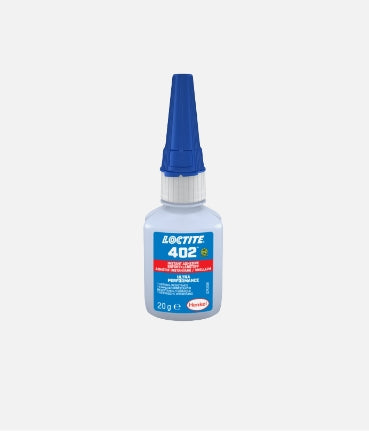
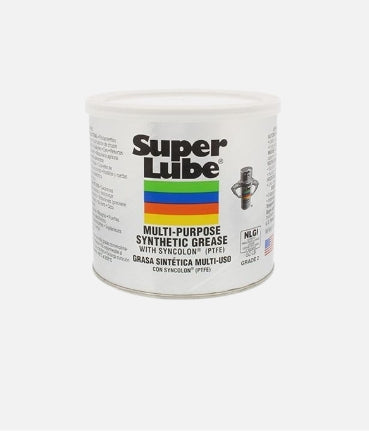
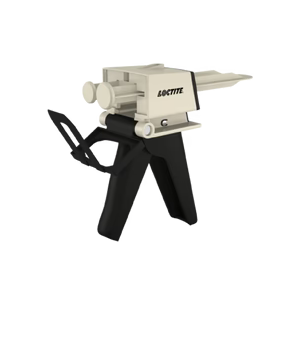
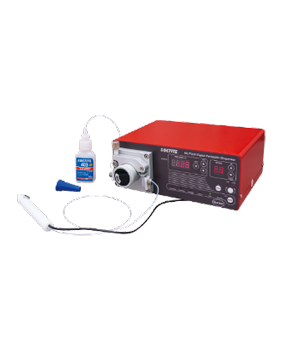
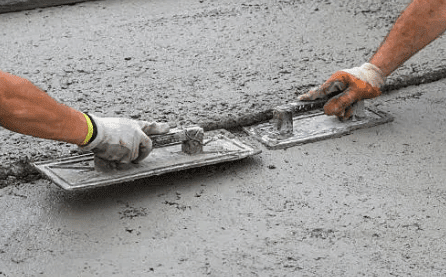
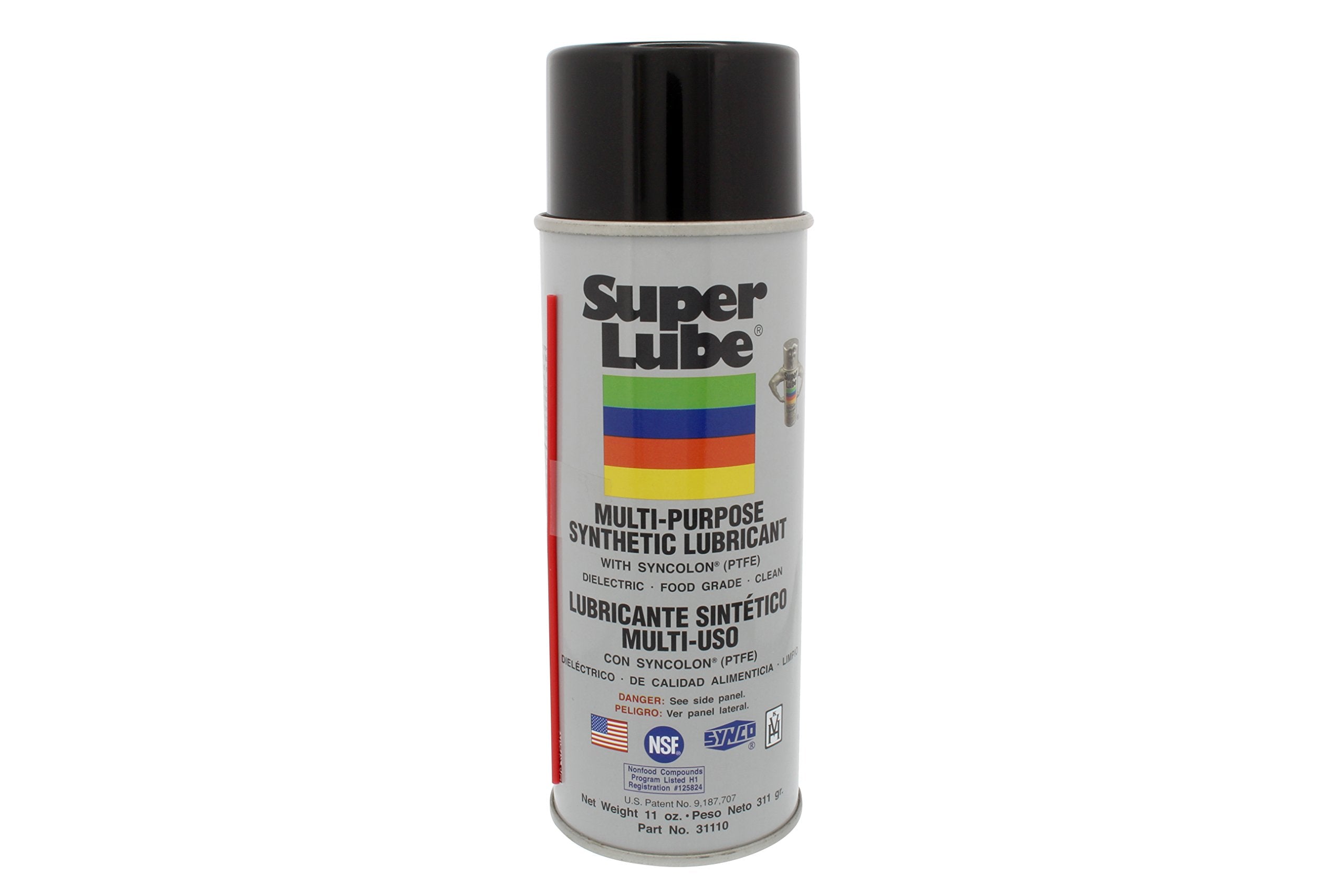
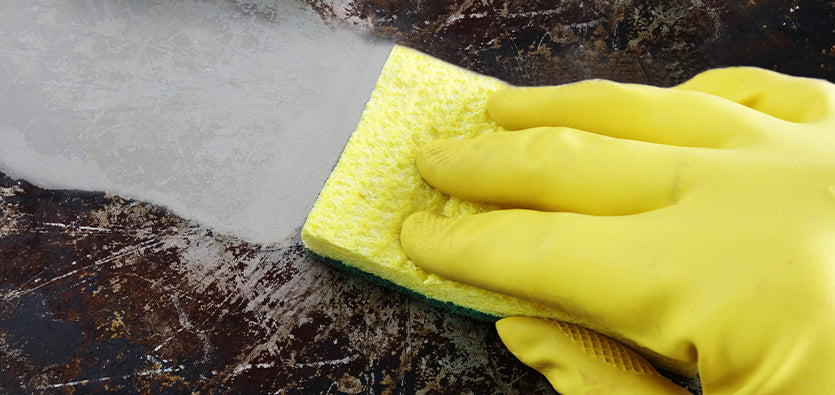
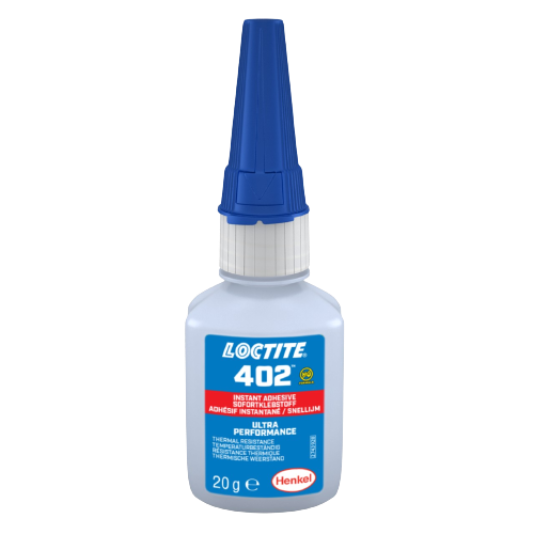
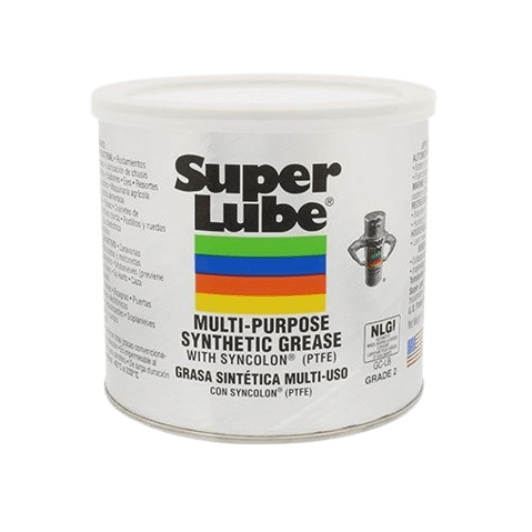

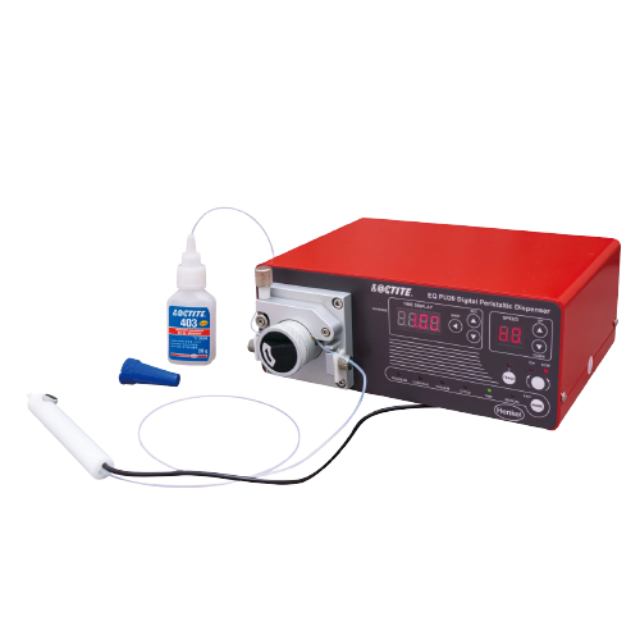
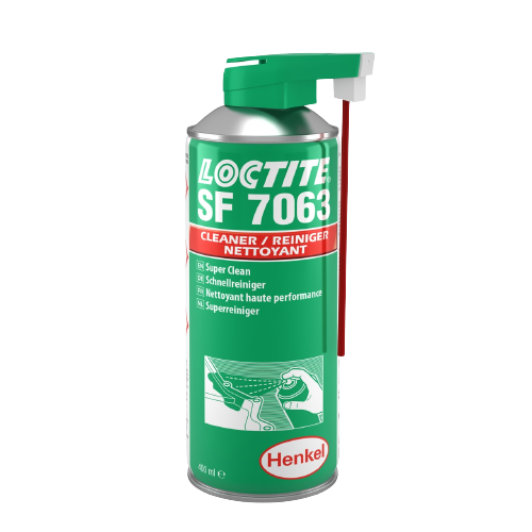
Leave a comment
All comments are moderated before being published.
This site is protected by reCAPTCHA and the Google Privacy Policy and Terms of Service apply.